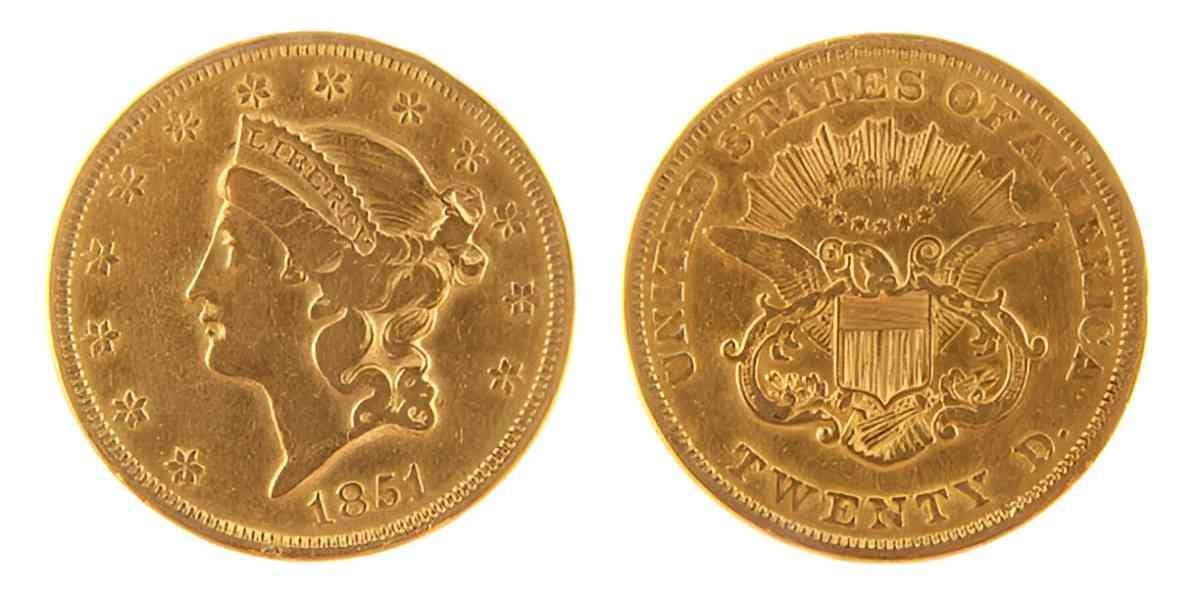Investing is a journey filled with choices. Among the options, gold often takes a prominent place due to its historical value and ability to preserve wealth. In recent years, a unique form of gold investment has gained attention—goldback notes. These notes represent a tangible, gold-based currency. But are goldback notes a wise investment? Let’s delve into this by examining their features, advantages, drawbacks, and comparisons with other investment options.
Table of Contents
What Are Goldback Notes?
Goldback notes are a form of currency embedded with small amounts of gold. Unlike traditional gold bars or coins, these notes are thin, flexible, and often visually stunning, containing fractional gold amounts measured in troy ounces. They are designed for trade and everyday transactions, aiming to combine the utility of paper money with the intrinsic value of gold.
Each note has a specific gold content, such as 1, 1,000th or 1, 10th of a troy ounce. The manufacturing process fuses the gold with polymer layers, making them durable while retaining their gold value. They are typically available in denominations like 1, 5, 10, 25, and 50 goldbacks, each representing a proportional amount of gold.
Advantages of Goldback Notes
- Intrinsic Value Each goldback note contains a fixed amount of gold, providing intrinsic value unlike fiat currencies which rely on trust and government backing. The value is not eroded by inflation.
- Portability and Divisibility Unlike gold coins or bars, goldback notes are lightweight and easily divisible, making them practical for small transactions or barter systems.
- Durability The polymer-gold fusion gives these notes durability. They resist wear and tear better than traditional paper money.
- Aesthetic Appeal Goldback notes often feature intricate designs, adding collectible value. For some, this aesthetic aspect may enhance their desirability beyond their gold content.
Drawbacks of Goldback Notes
- High Premiums Goldback notes often come with significant premiums over the spot price of gold due to their production costs and collectible nature.
- Limited Market The acceptance and liquidity of goldback notes are limited compared to gold coins or bars. They are not universally recognized or traded.
- Storage Considerations While compact, these notes need careful storage to prevent damage, as scratches or creases could reduce their resale value.
- Volatility in Gold Prices The value of goldback notes fluctuates with the price of gold, which can be volatile. This exposes holders to market risks.
Comparing Goldback Notes with Other Gold Investments
The following table summarizes the key differences between goldback notes, gold coins, and gold ETFs:
| Feature | Goldback Notes | Gold Coins | Gold ETFs |
|---|---|---|---|
| Intrinsic Value | Fixed gold content | Fixed gold content | Backed by gold reserves |
| Portability | High | Medium | High |
| Liquidity | Limited | High | High |
| Premiums | High | Moderate | Low |
| Market Recognition | Limited | High | High |
| Storage | Compact, but delicate | Secure vault required | No storage needed |
| Volatility Exposure | High | High | High |
Practical Example: Cost Analysis of Goldback Notes
Imagine buying 50 goldback notes, each containing 1/1,000th of a troy ounce of gold. Assume the spot price of gold is $2,000 per troy ounce. The intrinsic gold value of each note is:
\text{Gold Value per Note} = \frac{2000}{1000} = \$2However, due to premiums, the cost per note might be $3.50. For 50 notes:
\text{Total Cost} = 50 \times 3.50 = \$175The intrinsic value of the gold in these notes is:
\text{Intrinsic Value} = 50 \times 2 = \$100This highlights a $75 premium. The question then becomes whether the portability, divisibility, and collectible appeal justify this premium for you.
Historical Performance and Value Stability
Gold has historically been a hedge against inflation and economic uncertainty. While goldback notes track gold’s value, their premiums add a speculative layer. Over the past decade, gold’s average annual return has been approximately 7%, making it a stable asset in diversified portfolios. However, these returns may not directly apply to goldback notes due to their premiums.
Use Cases for Goldback Notes
- Barter and Trade Goldback notes can be used in barter systems, especially in communities seeking alternatives to fiat currencies.
- Emergency Currency In economic crises, these notes might serve as a fallback currency due to their intrinsic value.
- Collectibles The artistic designs make them appealing to collectors, potentially increasing their resale value beyond gold content.
- Gifts Goldback notes can be unique and meaningful gifts, combining monetary and aesthetic value.
SEO Considerations for Investment Choices
When researching investment options like goldback notes, keywords like “goldback notes investment,” “are goldbacks worth it,” or “pros and cons of goldback notes” are helpful. Including terms like “gold alternatives,” “gold-backed currency,” and “investment in gold” improves search visibility.
My Perspective on Goldback Notes as Investments
From my analysis, goldback notes are an intriguing option for niche investors. Their practicality and beauty make them appealing for certain use cases. However, as a purely financial investment, they fall short compared to gold coins or ETFs due to high premiums and limited market recognition.
If you’re drawn to the idea of combining gold ownership with functional currency, goldback notes are worth exploring. But for those focused purely on financial returns, traditional gold investments or ETFs may be more effective.
Final Thoughts
Goldback notes are not a one-size-fits-all investment. They serve specific purposes and cater to unique preferences. Before investing, assess your goals, risk tolerance, and how these notes fit into your broader portfolio. While they offer a blend of innovation and tradition, their value ultimately depends on individual priorities. As always, informed decision-making is the cornerstone of successful investing.





